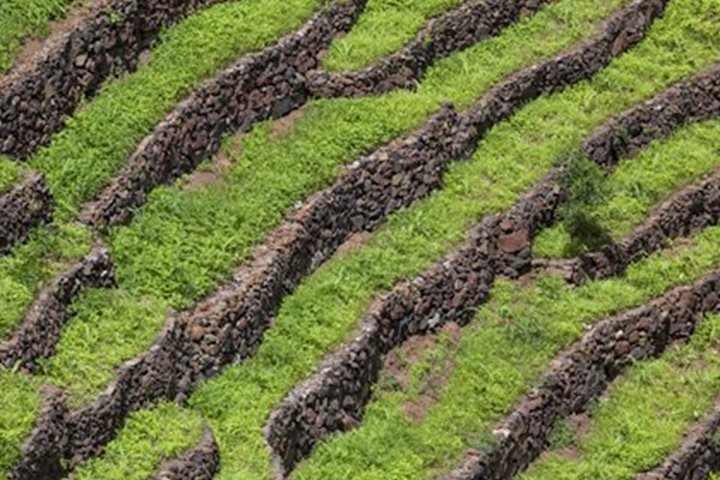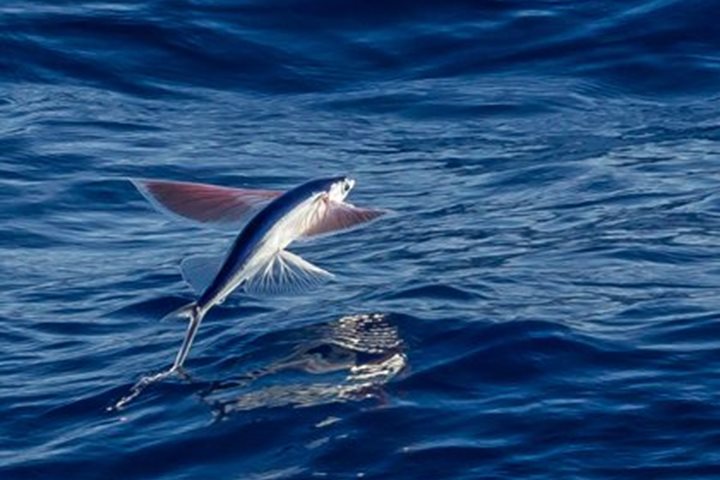The striking appearance of Fogo, a volcano sporadically active for at least the past four centuries, rising majestically from the ocean, has been remarked upon by sailors passing through these waters for generations. In 1683, the English navigator, pirate and naturalist William Dampier remarked upon it during his celebrated circumnavigation of the globe. Pico de Fogo, the island’s highest point, rises to 2,829 meters and was the focal point of one of our island excursions. A fleet of vans followed the circuitous route to Chā das Caldeiras, crossing the 1951 and 1995 lava floes to discover an engaging community of some 1200 souls living within the crater, where an emigré French nobleman fleeing from the 1848 revolution in Paris planted vines and sired children. The latter activities are much in evidence: a native wine industry, the only successful one in the Cape Verde archipelago and occasional blond-haired and blue-eyed children, blistering in the ferocious heat. A variety of charming children offered models made from the local lava for sale; wine with local goat cheese was sampled and much appreciated.
Another group explored the lower slopes of the island, concentrating on the human geography and natural history of the island. Places visited included the historic mission church of Sao Laurenco, the island’s oldest baobab tree at Curral Grande and a pleasant hike in misty conditions (for this is the beginning of the long-awaited rainy season on the island) at Rebeira Felipe. We saw a number of interesting agricultural crops being cultivated on small holdings: coffee, mango, corn and beans, the latter grown in symbiosis with the maize stem supporting the growing beans that in their turn provided nitrogen for the soil to assist the growth of the maize. Once again on this voyage we were witnessing New World flora brought over to the Old World.
Back at sea-level, we visited the fishing village of Salinas where small-scale fishing from row boats was in operation, with small numbers of reef fish in the catch. There were good sightings of two endemic birds: the colorful grey-headed kingfisher and the “neglected” kestrel. The tour ended in the island capital of Sao Felipe, a delightful town exhibiting fine survivals of Portuguese colonial architecture; squares, esplanades and sobrado houses, with bougainvillea much in evidence. Local wine and cheese was sampled in a delightful restaurant where we were also treated to a dance performance by local school children.








